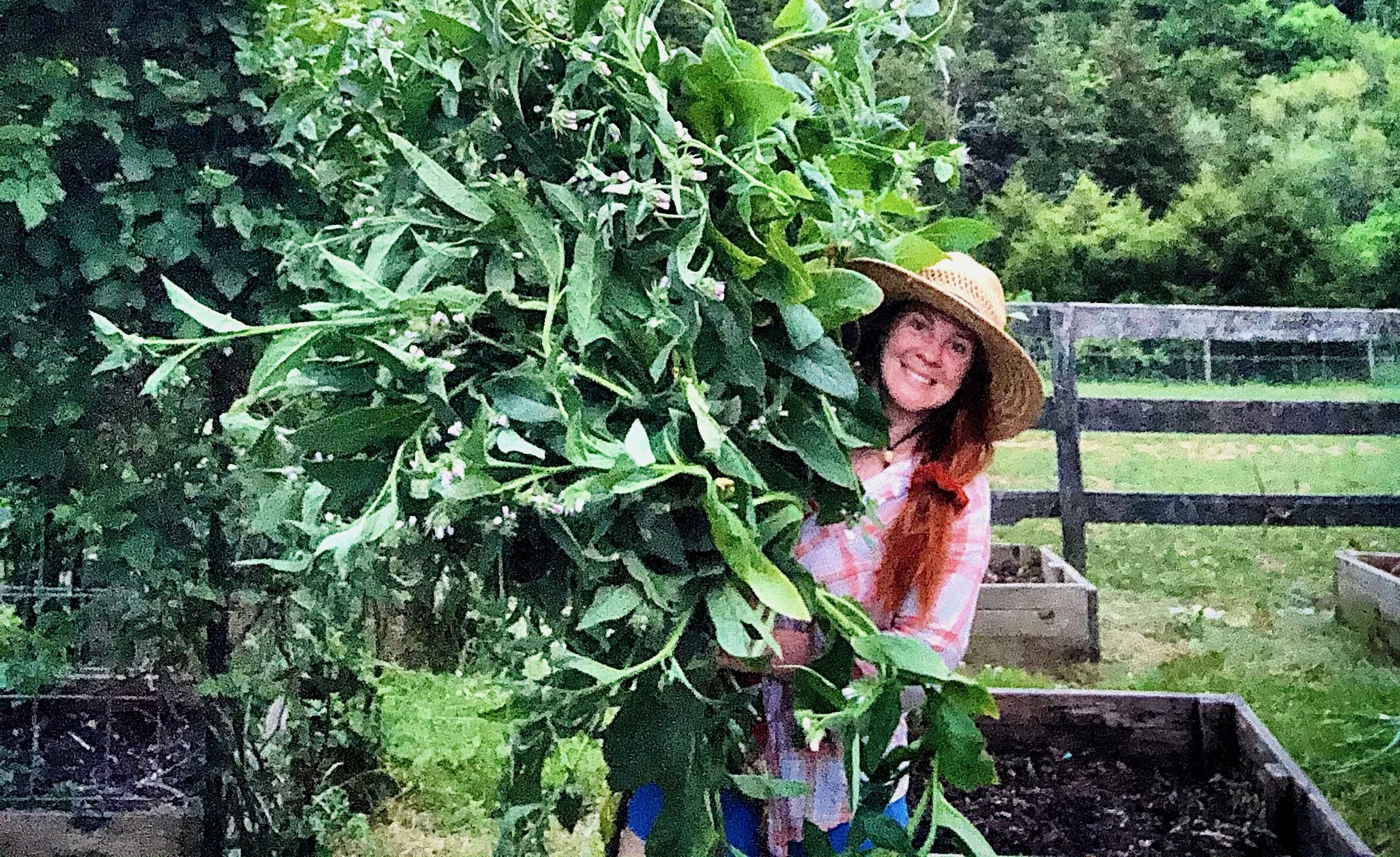What is calf sharing anyway?
It seems more people don’t realize what this is an option for your homestead. Yes, it is true, people will say you are ‘married’ to your milk animal (sheep, cow, or goat) but when you keep the baby lamb, calf or kid on their mother you have flexibility.
Calf sharing is when you leave the baby on the momma and share the milk.
On our farm we leave baby to nurse for a solid month before pulling. Some families only wait three days. The time you’d like to wait, and your preferred level of patience is up to you. Just make sure that you leave them on for a minimum of one week. The first few days of milk are so important for the calf’s lifetime of nutrition because that milk is full of colostrum. This isn’t something you’d want to drink but if a calf is without it, it can mean the difference between life or death.
One milk animal may be sufficient for your needs.
Assuming you’re doing this on the homestead so the raw milk is for your immediate family, one milk animal could be more than sufficient to meet your needs. Should you find yourself flush with milk, you can sell the excess milk through a herd share, but that is for another blog post.
Once you begin milking, your routine will consist of ‘pulling’ the calf or removing it from access to its mother. So, for us that means in the evenings around 8pm I will head down to the barn and bring our sweet calf Dolly in from the pasture to a stall for the night. No, I don’t feel bad doing this because the stall has deep bedding to keep her warm, this is when she would normally be sleeping, and she has access to hay, water, and grain. She is also out of reach for predators. Then, 12 hours later, around 8 am I will head back down to the barn and milk Momma (our sweet Arabelle) and then let Dolly out of the stall to reunite them so she can begin nursing.
A question that usually arises is ‘How will the baby milk if you have already milked the mother?’ Nature is really good at what she does. So even though you milked out the mom, she will always hold back milk for her calf. And her milk replenishes throughout the day so baby can continually nurse for 12 hours in between grazing.
When you milk every day, it is better for the health of your animal.
You are right there, cleaning and checking their udder daily. Should any health issues arise like chapped skin, sores on her teats, or mastitis, you can treat them but most often prevent them. Also, many times you’ll find a young calf prefers one teat to the other four, so may nurse out that one first, leaving Mom swollen with milk in her other quarters that isn’t being used quickly enough. Milking everyday helps relieve this stress.
Another benefit to calf sharing is this: should you have to go somewhere, you don’t have to rely on someone to milk. You can simply leave the calf with its mother while you are gone. No separation necessary. This isn’t ideal for milk production, because a cow will produce what is required of her, so milking her out each day is necessary for steady milk production, but that’s not to say it cannot be done. And whatever works best for your family is what will work best on your homestead.
Calf sharing is the perfect pairing for any family farm or homestead.
It creates healthy animals and healthy families. And the bond you will have with your milk animals from interacting with them daily is something truly special. They will quickly learn their routine. Don’t be surprised if you find your Momma cow waiting at the gate for you, eager to be milked and for her morning grain.



